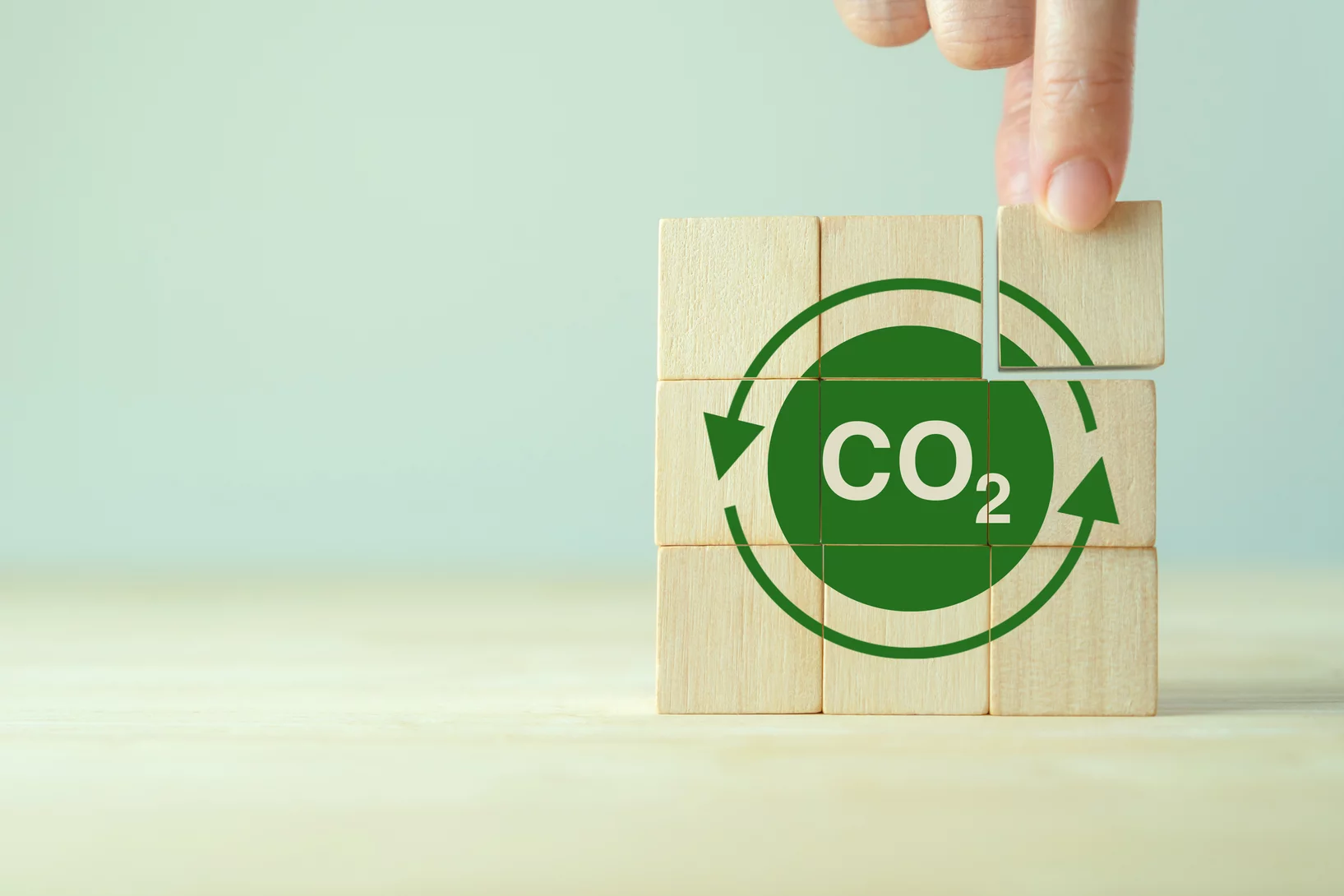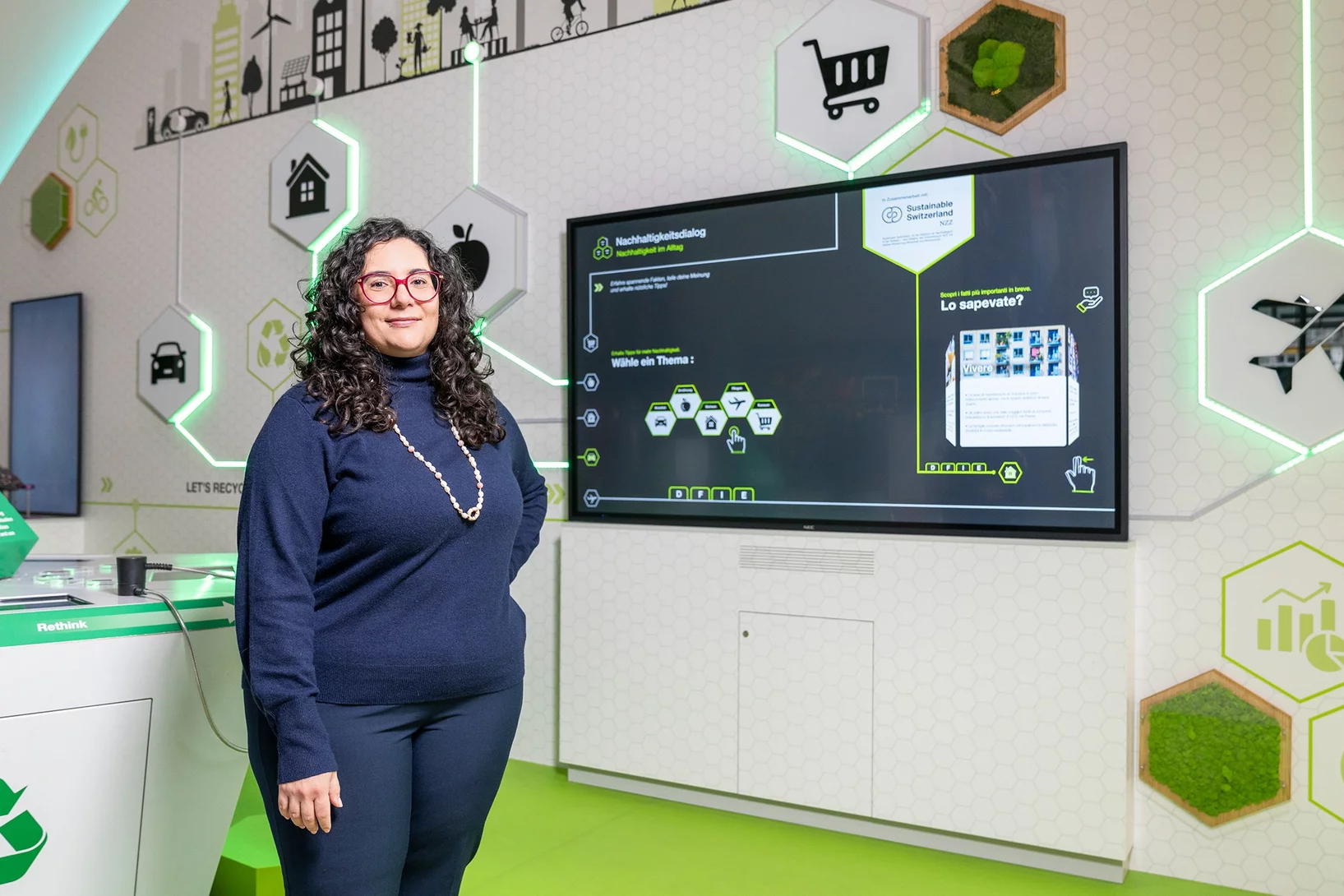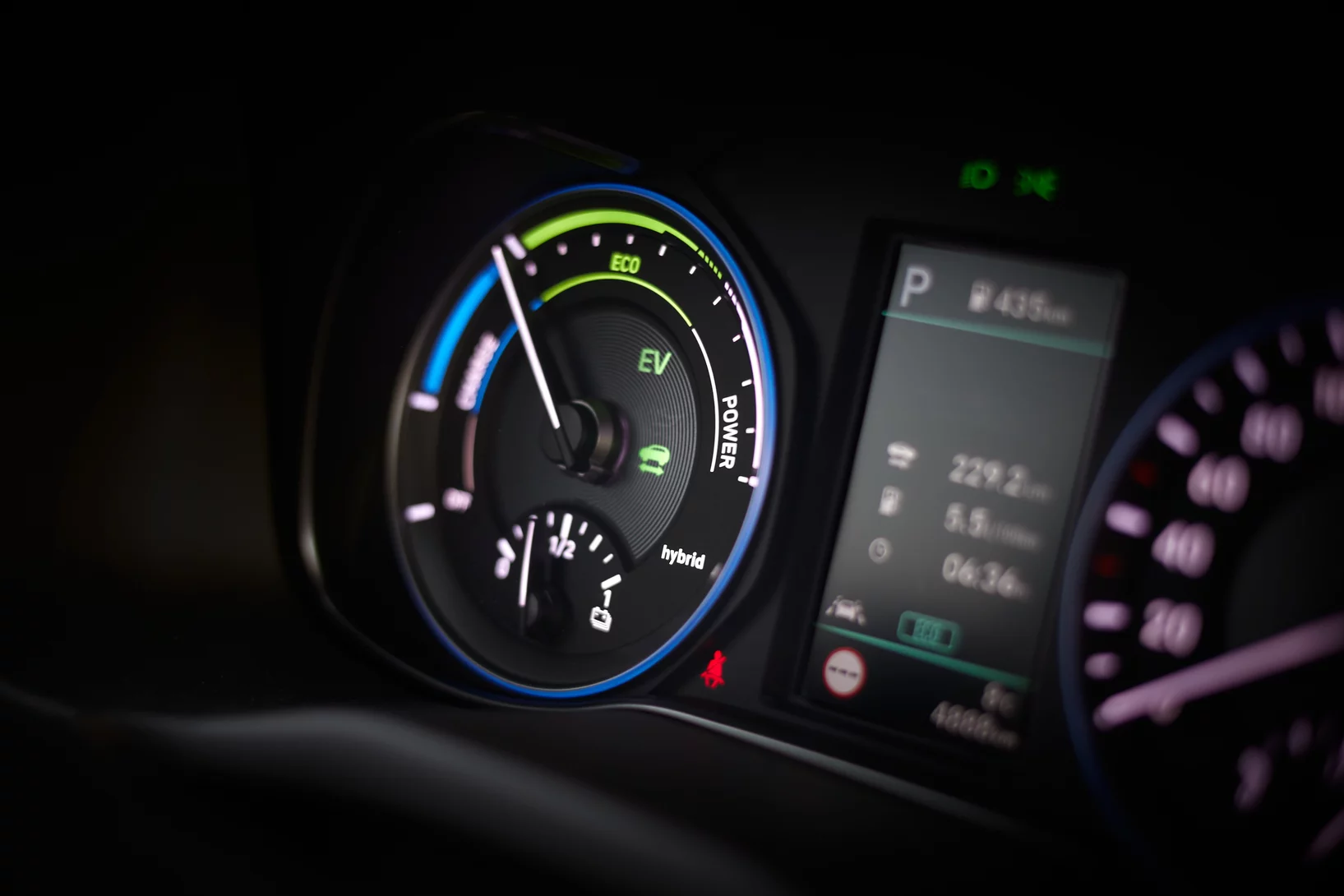Scientific Highlights
POLIZERO: PSI-Projekt zeigt Wege zur Klimaneutralität
Das Netto-Null-Ziel ist erreichbar – wenn die Schweiz jetzt die richtigen politischen Weichen stellt.
PSI-Forschung im meistbesuchten Museum der Schweiz
Energieforschung erlebbar machen: Das Verkehrshaus der Schweiz schafft eine Plattform für den politischen und gesellschaftlichen Dialog rund um Energiethemen.
Gezielte Innovationsförderung für die Energiewende
Wie entstehen Innovationen und wie können sie für die Energiewende gezielt gefördert werden? PSI-Forscher Michael Weinold ist dieser Frage am Beispiel von LED-Lampen nachgegangen.
News
What kind of juice?
Battery or hydrogen cars? Or conventional combustion engines running on so-called “e-fuels”, synthetic fuels produced from carbon dioxide, water, and electricity from renewable sources? What makes the most sense for future individual road transport to achieve climate targets?
Shifting gears: the transition to electric mobility
If Switzerland is serious about achieving net-zero greenhouse gas emissions, a technological shift in personal vehicles is needed.
Decarbonizing Building Construction
The buildings we live and work in are changing – becoming smarter, more efficient, and powered by cleaner energy. But while we’ve made strides in reducing operational emissions, there’s a hidden carbon footprint that remains largely overlooked: the emissions locked into the materials themselves.






